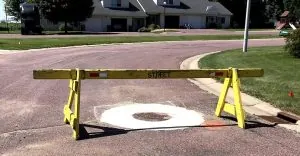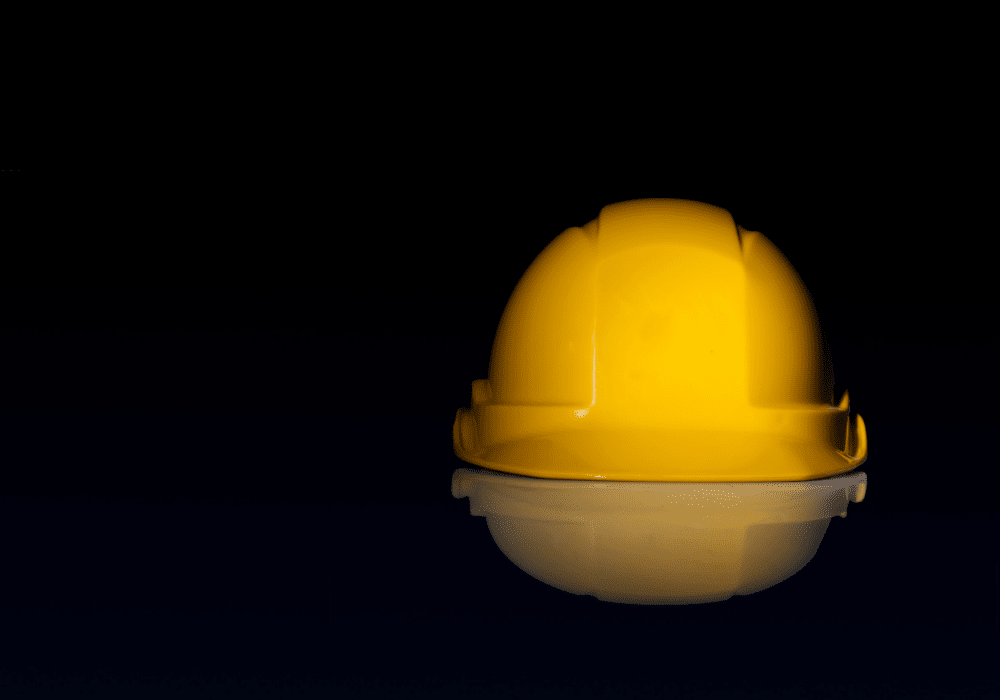

No matter the size or scope of the project, the very nature of the industry means workers could be harmed during a typical workday. So, how can a business focus on Reducing Workers’ Compensation Costs?
The Bureau of Labor Statistics says that nearly 2.9 million workplaces reported injuries and illnesses in 2015. That’s three workers comp claims filed for every 100 full-time workers! And, another report found that the average employee injury means about 57 days away from work.
We’ve not only seen how this can wreak havoc on our client’s employees but also the business owner having to quit early because they’ve inflicted lifelong damage to their body from the backbreaking work. In fact, many of our installers from around the world say this was one of their top concerns and reasons they reached out to us! But many employers have experienced an employee that was injured on the job and it’s something you fear happening to you. It’s a waiting game when using heavy equipment to the when it will vs. the if it will. When an employee needs time to heal, the employer must file a claim, and the rest of the crew will have to cover work while the injured worker is off or on restrictions.
When customers reach out to us, they’re looking for a way to avoid this or greatly reduce the risk of this happening again. No one wants to deal with an OSHA recordable but more importantly, no one wants to see someone on their team get hurt. One of the main reasons we developed our tools and repair method was to make the whole process smarter, safer and easier for construction crews. We recognize this as a goal for many companies. If you’re researching how to make your crew safer, read on. We’ve examined the most common injuries construction crews are at risk for and how employers can minimize them.
In the construction industry, falling or slipping is one of the top risks, especially from ladders, roofs, and scaffolding. These accidents can result in injuries like strains, sprains, and fractures. Sometimes these injuries even result in death.
Another risk is related to transportation. Construction workers in work-zones and on roadways are struck by cars and trucks, which can result in cuts, punctures, contusions, and fractures. Sometimes workers are struck and killed as they work.
Power tools and pneumatic tools both pose a threat to workers. Cords may become tripping hazards, accidental striking may occur, vibration can lead to Raynaud’s Syndrome, and fatigue and strain may cause harm. Lastly, loud noises can damage hearing.
There are other ways workers can be injured on the job as well. They are at risk for contact injuries from collapsing structures or falling objects. Hazardous materials and other harmful environments and substances may cause health problems. Lastly, fires or explosions can cause injury.
In the United States, employers are required to take reasonable measures to ensure that their workplaces are safe. Regardless, accidents can and do happen. However, with certain precautions, you can limit the risks your employees face.
Here’s how you can help prevent injuries on the job.
Whenever possible, invest in newly developed technology and methods. There are many companies out there improving construction operations to make them safer and more efficient for crews. For example, our Mr. Manhole series of tools and repair methods have advanced the manhole rehabilitation industry to offer a way of improvement that is much safer for crews, limiting their exposure to heavy machinery, manual labor, and creating a speedier process to remove them from traffic sooner.
If your company is able, investing in these kinds of new tools will not only improve productivity but also reduce Workers’ Comp claims.
Creating a culture of safety is an essential aspect of reducing Workers’ Comp claims. Employees should all have access to protective gear, and it should be required to wear. Team leaders should be encouraging safe behavior and ensuring people have spots and backup whenever they are dealing with something that is a known risk.
In addition to creating a culture of safety, ongoing training is a must. If possible, set up a safety committee. Employees, employers, occupational safety specialists can all provide input on safety best practices as well as analyze potential risks to find an ideal solution.
When a company recognizes its responsibility in ensuring worker safety, it improves the relationship between the employer and the employee. When you limit hard labor and provide pathways to a safe work environment, crews are happier and more comfortable on the job.
When we developed the Mr. Manhole tools and methods for manhole rehabilitation, our goal was to improve on a system that was costly, time-consuming, and dangerous. It was in 2002 that we built the prototype tools. Since then, we have continued to improve the tools to ensure the best solution for construction crews. The tool helps in three ways: they save money, time, and they boost professionalism and morale.
If you’re interested in learning more about our repair method, read about us right here.
© 2022 Critex LLC All rights reserved. | Contact | Privacy Policy | Sitemap
Website by NOW Marketing Group